How cinema embraces new technology
Gadgets still save the day in Hollywood, but increasingly writers and audiences are aware of what technology can and can't do
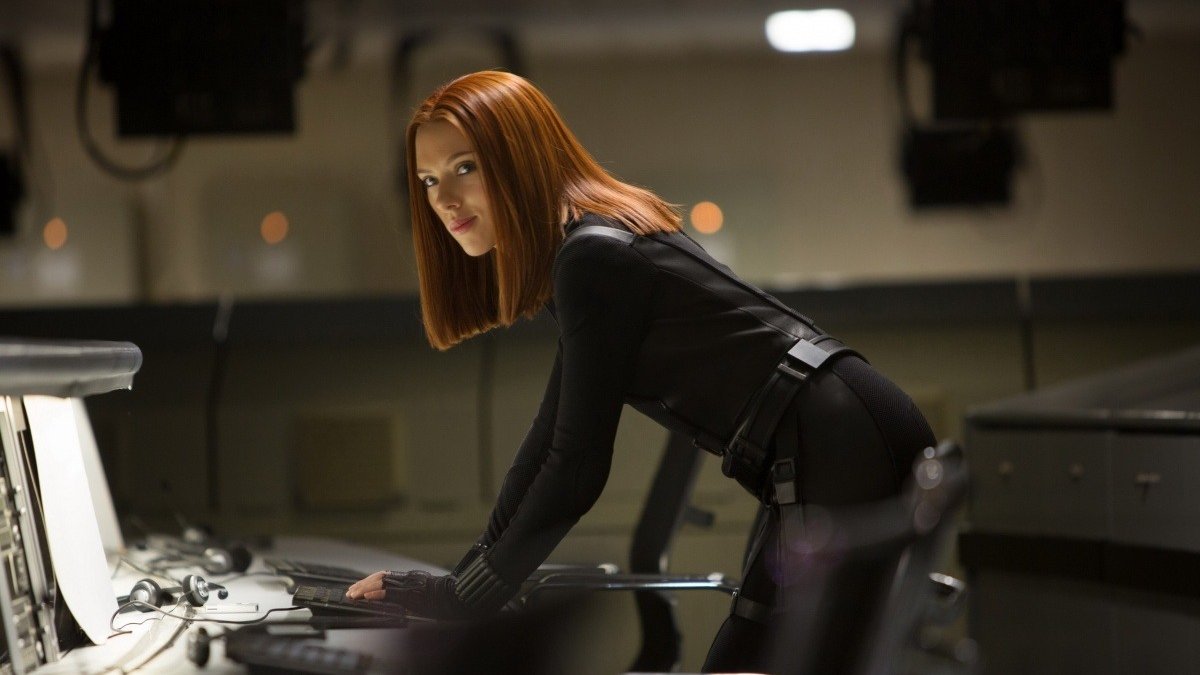
For years, Hollywood has understood the appeal of featuring IT in its productions, but hasn’t been as clued up on what it is and how it works. Computers have had plans to take over the world, as in films such as Colossus: The Forbin Project (1970) and The Matrix (1999), or they’ve been tools for evil hackers with designs on governments or banks, as in Swordfish (2001), Firewall (2006) or Die Hard 4.0 (2007). And alongside a host of silly tropes have followed, ranging from the cinematic portrayal of hacking – staring at the screen while typing really fast – to the way computers could instantly identify terrorists from grainy security camera footage.
Luckily, these days Hollywood seems to be getting a grip. Big-screen blockbusters and TV thrillers now feature PCs, laptops, smartphones and other devices in ways that reflect how most of us use them today, and while the plots haven’t necessarily become more realistic, the technology is certainly closer to the mark. Warning: spoilers ahead!
Laptops and smartphones in... Skyfall (2012)
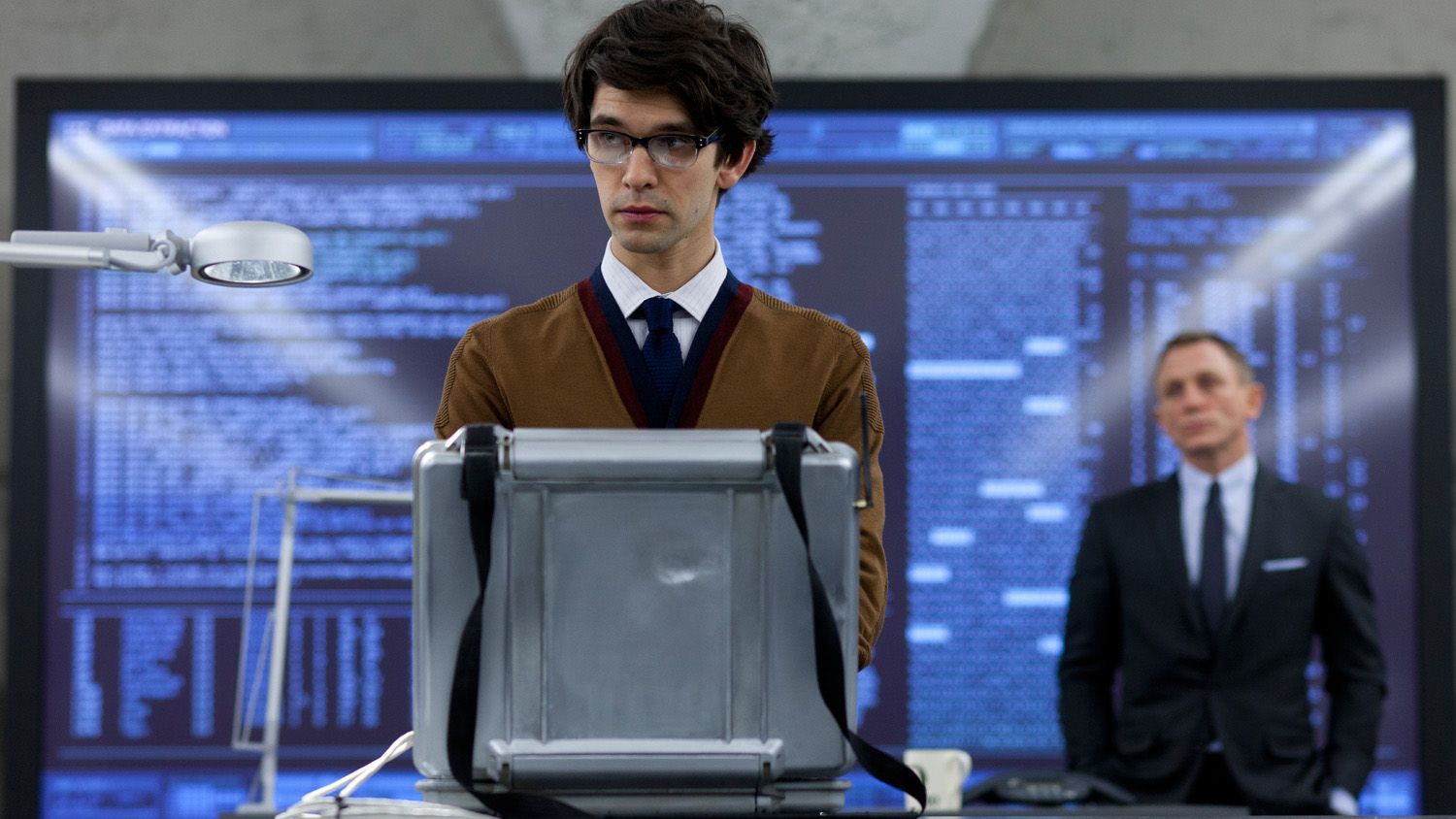
The laptop played a focal part in the last Bond movie, which embraced cyber-espionage as a major theme. One moment we had Ben Whishaw’s Q claiming he could do more damage on his laptop sitting in his pyjamas than Daniel Craig’s Bond could do in a year; the next we had another one taken from Javier Bardem’s Silva, but infected with a virus that caused chaos in MI6’s underground bunker and enabled the villain’s escape. Bond himself had to settle for a smartphone, and one that was far from the supercharged version we would have expected. Where Pierce Brosnan’s Bond got a smartphone that could stun enemies, scan fingerprints and drive a car from the backseat, Daniel Craig’s handset found a more likely purpose – providing a text alert that would help him locate the assassin, Patrice.
The Week
Escape your echo chamber. Get the facts behind the news, plus analysis from multiple perspectives.

Sign up for The Week's Free Newsletters
From our morning news briefing to a weekly Good News Newsletter, get the best of The Week delivered directly to your inbox.
From our morning news briefing to a weekly Good News Newsletter, get the best of The Week delivered directly to your inbox.
The laptop in... The Girl with the Dragon Tattoo (2011)
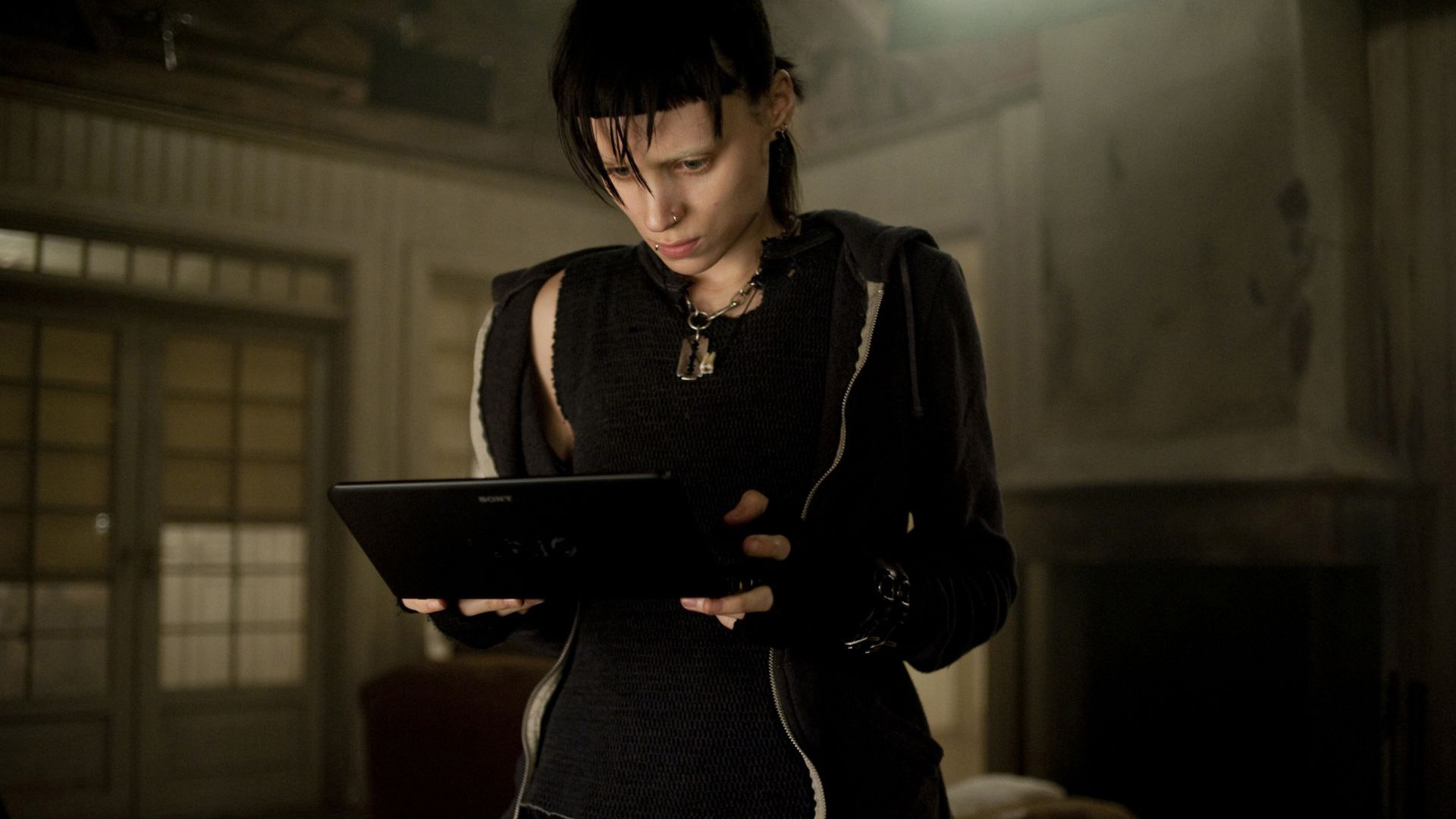
For most of us, a laptop is a useful device for browsing the internet or getting some work done. For Lisbeth Salander in the David Fincher version of the best-selling thriller, it’s her most potent weapon. Whether it’s for hacking her way into journalist Mikael Blomkvist’s computer or looking up information on an old murder case, there’s little that she can’t do with it. At the end of the movie, she uses her dark arts to arm Blomkvist with the evidence he needs to expose a corrupt tycoon, while syphoning off illicit funds for personal use. She does this not by typing really fast, but by using the kind of software that a real hacker might use.
The desktop PC in... The Amazing Spider-Man (2012)
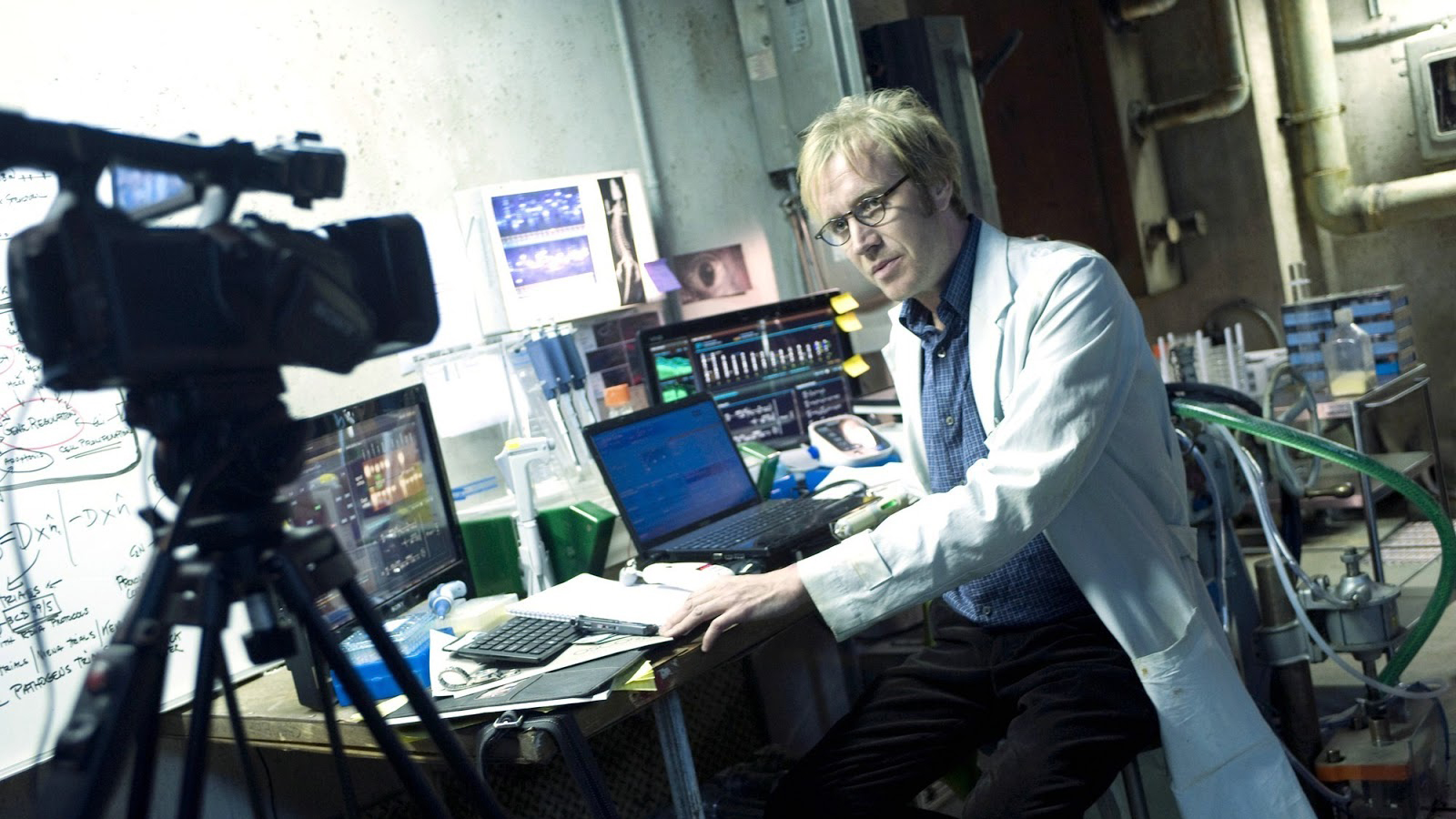
It’s hard to describe any superhero flick as realistic, but when Andrew Garfield’s Peter Parker needs to carry out some research in The Amazing Spider-Man, he does it in the way we all do: through the web on a desktop PC. Admittedly, the film loses points for using Microsoft’s Bing search engine, not Google, but Parker still searches out the information that puts him on the trail of Rhys Ifan’s lizard-loving scientist, Dr. Curt Connors, and it also helps him shop for the tech behind his web-shooters.
The USB memory stick in... Captain America: The Winter Soldier (2014)

The Winter Soldier is a movie that features tech on quite a scale, from massive helicopter-aircraft carriers to prototype jet-packs. Yet when it needs a McGuffin to propel the plot along, it reaches for the humble USB memory stick. Holding data stolen from a hijacked spy-ship, it’s passed from Scarlett Johansson’s Black Widow to Samuel Jackson’s secret agent, Nick Fury, and then to the Captain, who hides it in a vending machine. It contains the coordinates of a secret bunker, with a 1960s supercomputer, the consciousness of a dead Nazi scientist, and plans to take over the world.
Tablets and smartphones in... Paranoia (2013)
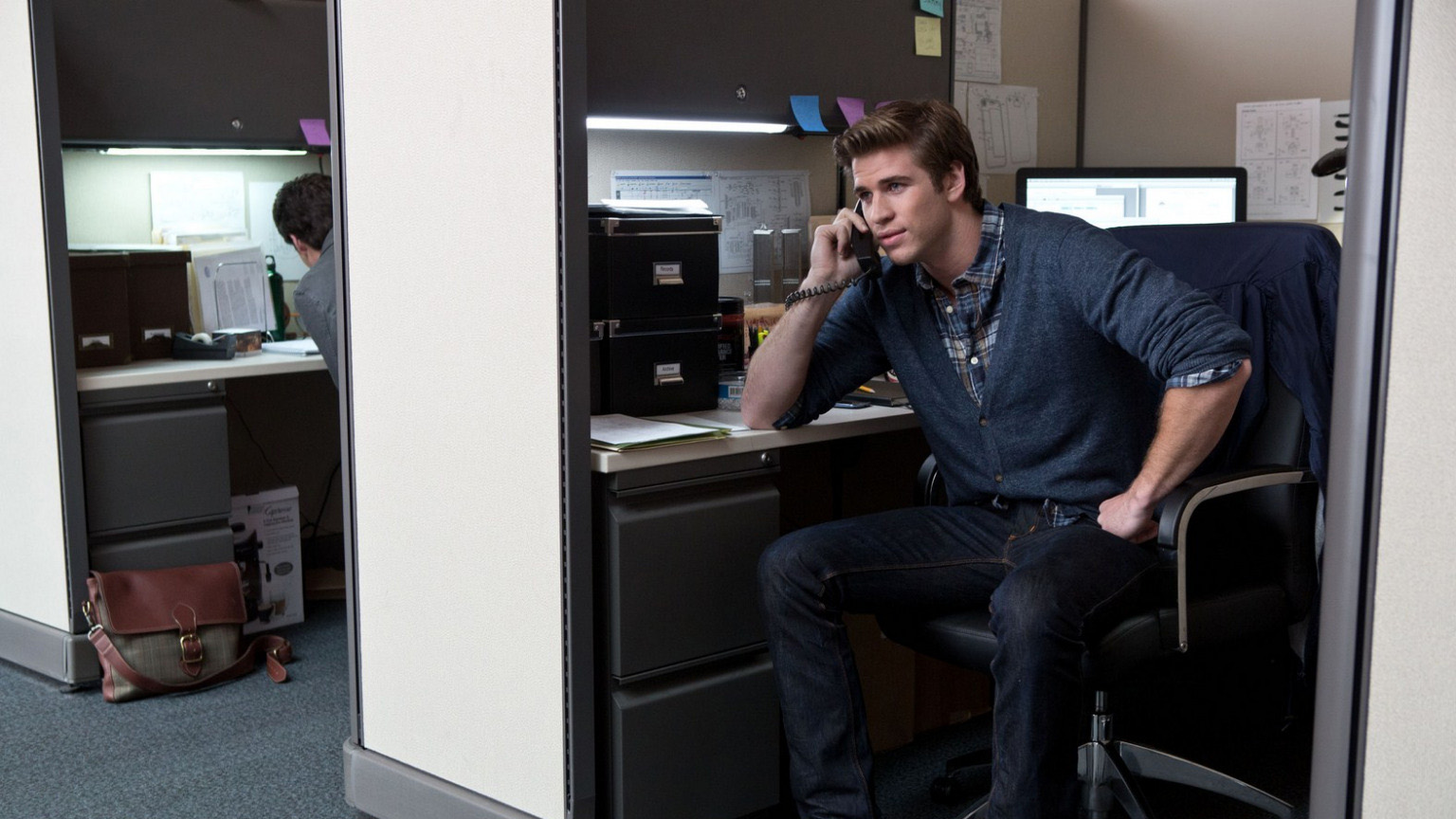
A corporate thriller about a young tech hotshot (Liam Hemsworth) caught between two technology magnates (Harrison Ford and Gary Oldman), Paranoia crams in plenty of high-tech shenanigans. One minute our hero is lifting fingerprints with the aid of an iPad, the next he’s using an iPhone to circumvent server-room security. The whole time, everyone is busy spying on everyone else, thanks to their conveniently vulnerable smartphones.
Just about everything in... Mission Impossible 4: Ghost Protocol (2011)
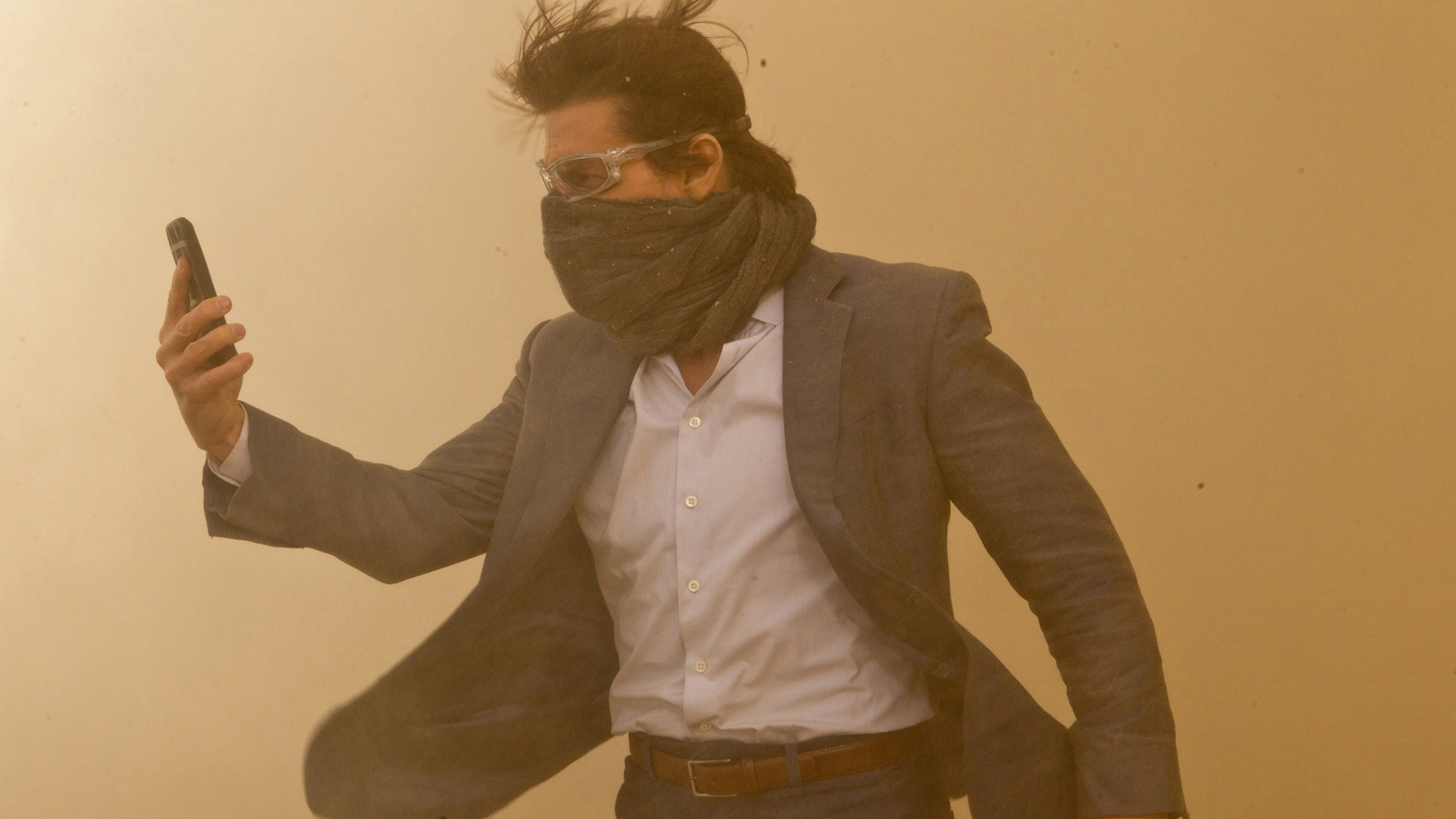
Tom Cruise’s action-packed espionage movies aren’t exactly realistic, but few other blockbusters pack in so many gadgets or do so much with them. In the fourth film we get the usual high-tension hacking, but also contact lenses with face recognition, document scanning and remote printing, plus tablets that transmit holograms of hallways. Drone cameras that send video to a smartphone also make an appearance, alongside paper-clip bugs, which can be tracked in the middle of a sandstorm through your big-screen smartphone.
Smartphones in... Non Stop (2014)
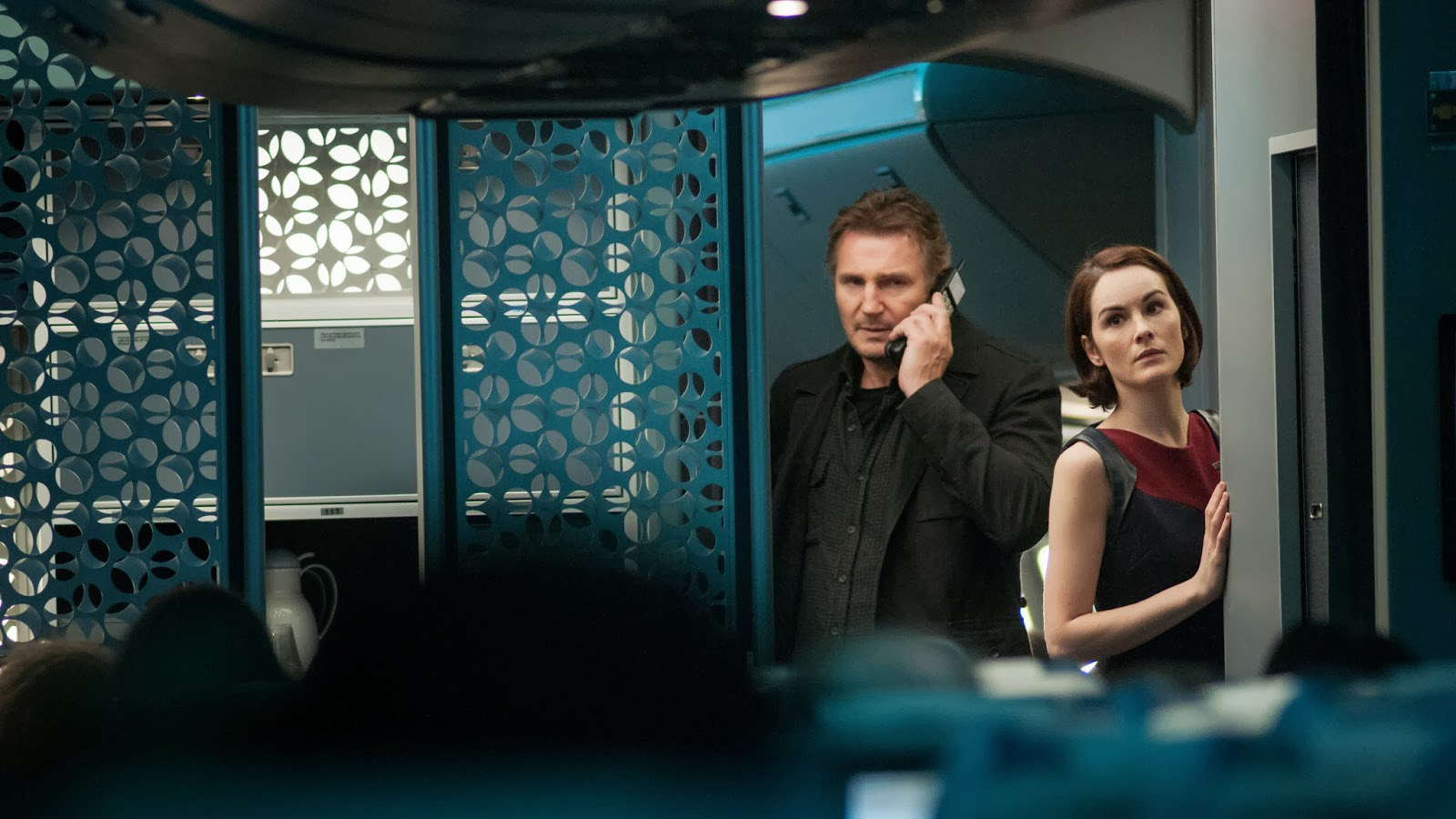
In most movies, the mobile phone or smartphone is a nuisance: note all those horror films with that suffer mysteriously from bad reception. In the modern thriller, however, it has become a device around which the plot is based, used for anonymous communications or as a means to keep heroes moving. In this year’s aircraft thriller starring Liam Neeson as a US Marshal, his old and clunky keyboard phone becomes the centre point of communication between hero and villain. See also Buried (2010), which has Ryan Reynolds trapped in a coffin with only a lighter and a mobile phone for company.
For more advice on transforming your business, visit HP BusinessNow
A free daily email with the biggest news stories of the day – and the best features from TheWeek.com
-
 The executive style guide
The executive style guidefeature Want to stand out from the business crowd? Here's all the kit you need.
-
 Seven ways to reduce stress in your office
Seven ways to reduce stress in your officefeature You can’t completely remove it from your life, but there are some easy ways to relieve it…
-
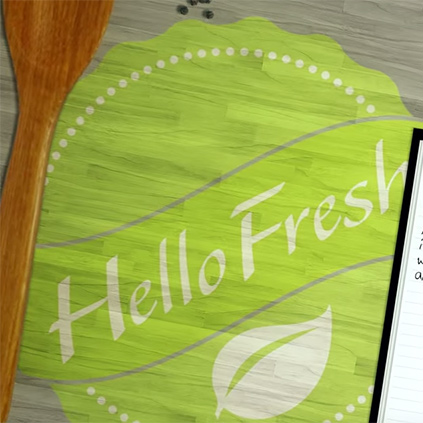 Hello Fresh: The transformation begins
Hello Fresh: The transformation beginsfeature New offices and a wealth of new IT from HP for Hello Fresh.
-
 Controversial Colour Branding Decisions
Controversial Colour Branding Decisionsfeature Scott King and Russell Jones from Condiment Junkie discuss how some brands have decided to swim against the tide with their colour choices.
-
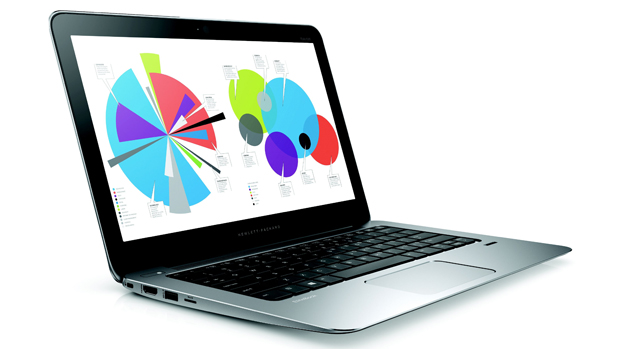 How do you design a computer?
How do you design a computer?feature Lead designer of HP, Chad Paris, explains how new computers are brought to life
-
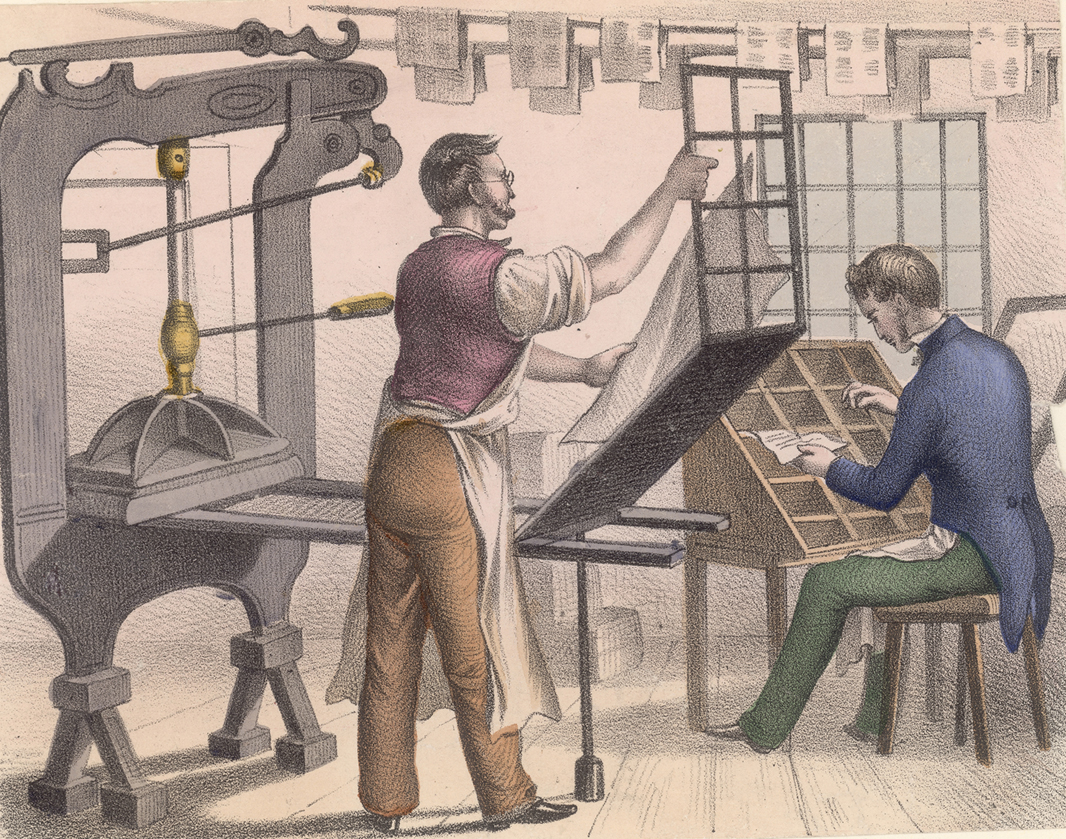 The story of print
The story of printfeature Printing has come a long way since its origins. Here we map out the story of print past, present and future
-
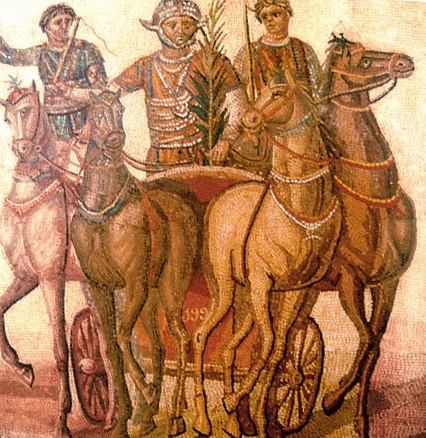 Tribal Colours
Tribal Coloursfeature Colour has been used for centuries as a means to communicate where we belong, finds Stuart Andrews
-
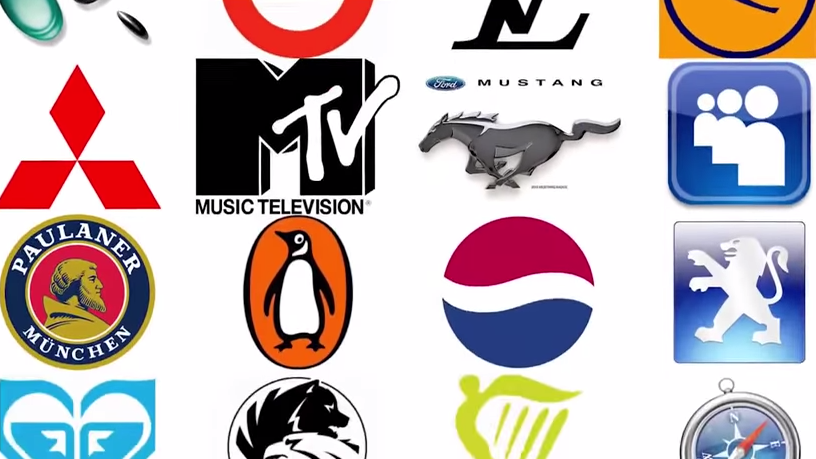 The Colour of Branding
The Colour of Brandingfeature James Morris explains why companies choose their corporate colour schemes, and what they mean.


